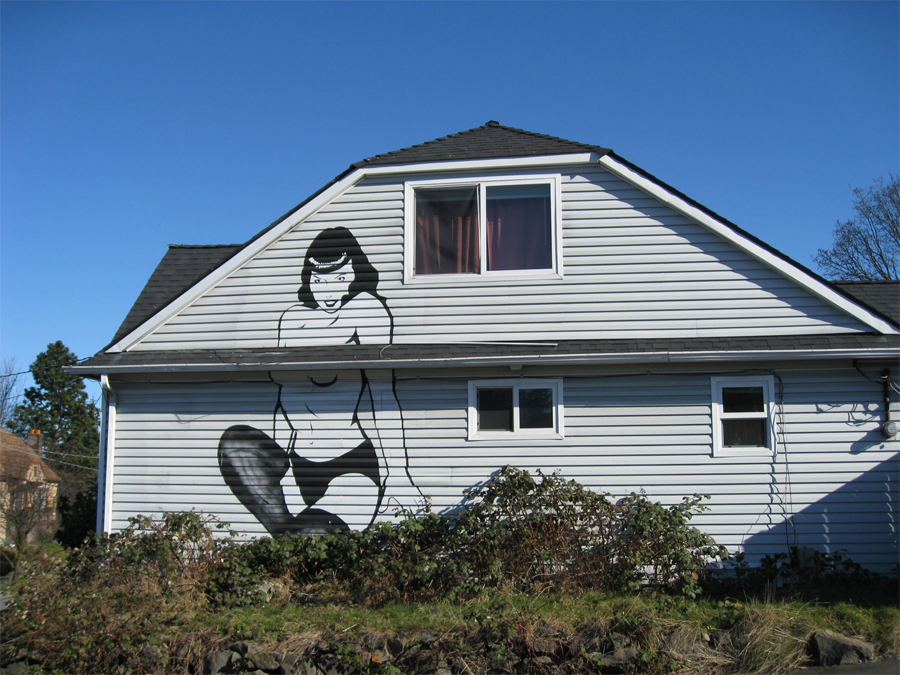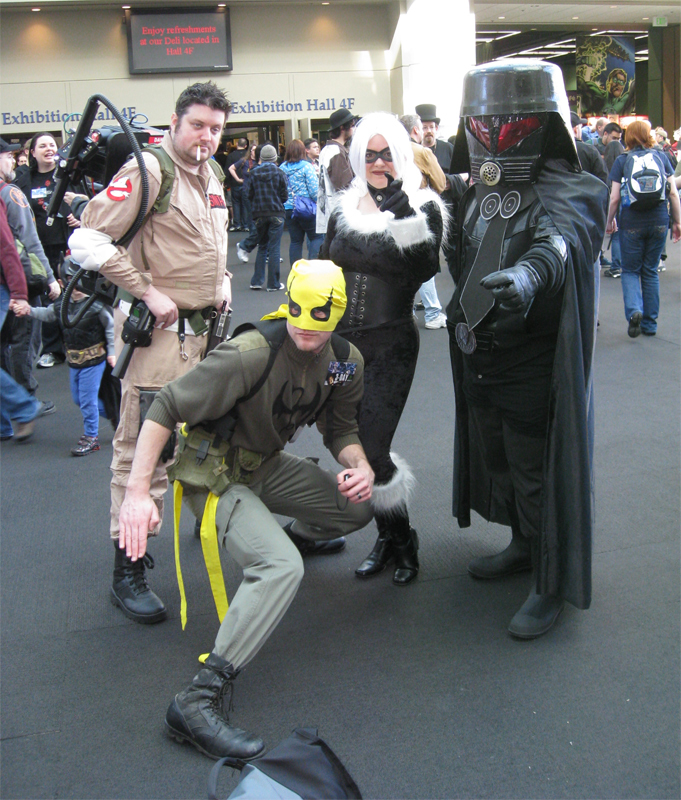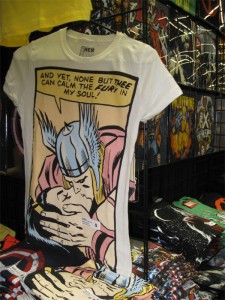Where does enchantment lie?
Some say the eyes. Some say the lips. Still others succumb to the seductive spell of great hair.
Ears rarely enter into it. Yet, in the vast canon of fictional heroes, one character alone ranks above all others in the ear category. Mr. Spock’s greenish skin, slanting eyebrows, and air of self-control helped set him apart from the rest of the crew of the original Star Trek when the show began in 1966. But it was Spock’s pointy ears that caught the public eye and won their hearts.
Next week, on April 2, one of those legendary ears will be auctioned off in Los Angeles. Bids are already rolling in, and experts predict the ear will go for at least one thousand dollars. Detached from Leonard Nimoy’s stately head, the silicone latex prosthetic attachment looks like a broken half of a fortune cookie, and hardly more valuable. But of course, the value of memorabilia is in the mind of the beholder.
Spock’s ear symbolizes the triumph of reason over emotion, wisdom over folly, sanity over the other thing. The sort of calm clear-headedness Spock’s character embodied remains an elusive goal for most of us ordinary humans. As a general rule, we can maintain calm, reasoned thought for only so long. Inevitably life’s slings and arrows poke us just once too often and off we go, flying into the irrational emotional tailspin represented on the original Star Trek in the all-too-human characters of Captain Jim Kirk (William Shatner’s defining role) and Dr. Leonard “Bones” McCoy.
Mr. Spock’s iconic ears resonate beyond the generation that grew up when Star Trek was new because succeeding generations still cling to the idea that brains can trump brawn, in spite of the continual evidence that it is by no means a sure thing. Perhaps that’s why we’ll pay a thousand bucks for a limp fake ear. Because, as James T. Kirk was fond of saying, we humans need to believe in the possibility of the impossible. We need belief. In ourselves, in our friends, in our nations, and in our dreams.
Another famous symbolic prop emerged in the golden era of Hollywood film when Dorothy donned the legendary ruby slippers in The Wizard of Oz. Of course, there were several pairs created by the props department, and over the years a few have been auctioned off. At the first auction by MGM in 1970, the red slippers went for $15,000. At the most recent sale in May 2000 they sold for $666,000. And they’re not even real rubies.
Of course, it’s not simply the shoes that people want. It’s the evocative power of their back-story, and the line that will forever be connected to them: “There’s no place like home.” That one goes deep into the well of human longing. E.T. longing. Thomas Wolfe longing. Eden.
On the face of it, Spock’s greenish pointy ears might not seem as embedded with significance, unless you step back, way back, lunar probe distance, and take a long look. From that perspective you can see, “There’s no place like space.” The final frontier. And it could be, if we don’t stop poisoning this planet.
The current unfolding nightmare in Japan should be enough to alert any rational human to the dangers of creating massive amounts of toxic waste for which we have no clean-up solutions. Yet the starry-eyed nuclear energy advocates insist we’ll figure out a way to deal with it eventually. It’s been more than sixty years since we started spreading radioactive waste around, and there is still no “solution” in sight.
Rational voices fall on deaf ears of corporate and political powers focused only on short-term profits at the expense of long-term planetary suicide. Perhaps the nuclear advocates sincerely believe that Science will somehow find a way to rewrite the laws of physics and biology, or, failing that, when we completely contaminate this planet, we can start over on another fresh planet.
Our continuing investment in nuclear energy is like a balloon mortgage on our planet. When it comes due, there’ll be hell to pay.
Where is Spock when we need him? Obama’s got prominent ears. If only they were a little more pointed.










